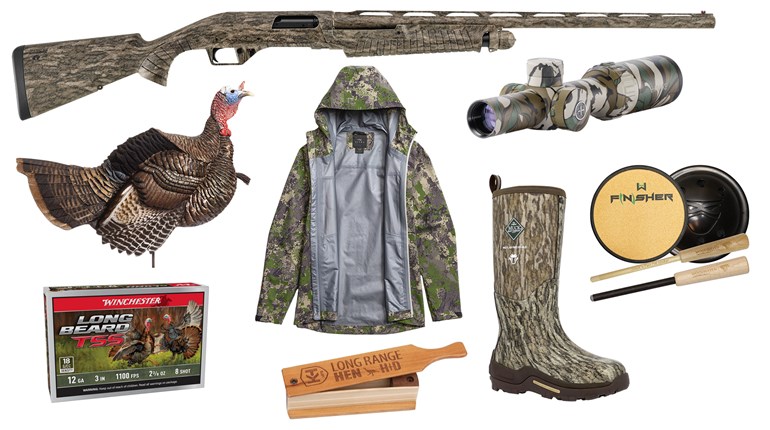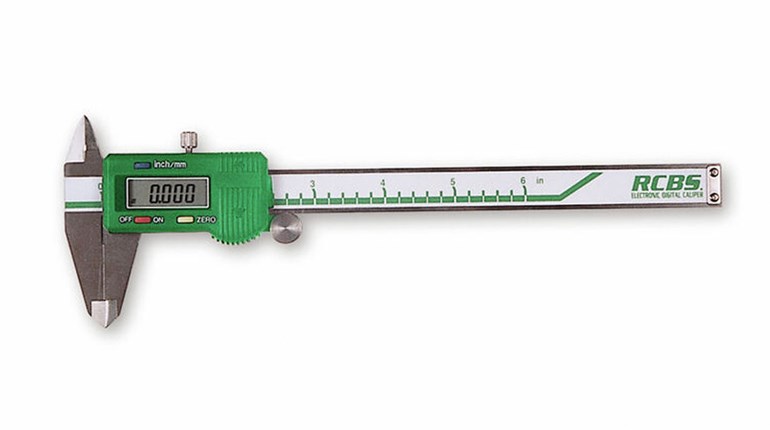
A man showed up the other day and asked what guns he should buy and what training he should attend to defend himself and his wife in their home. He wanted expert advice and was determined to spend the time and money necessary to achieve his goal of home defense. He enrolled in training and purchased two carbines, two pistols and two shotguns.

Scenes like this are being repeated all over the United States as more and more people seek out the training and the tools they might need to protect themselves, their families and perhaps, their community. Beyond simply purchasing a gun or two, the more-thoughtful buyers are seeking out training and advice specifically related to how best to use their firearms, should they have to defend themselves inside the home. Home defense is a complex subject, and there are no perfect answers, but let's see if we can break the topic down and come up with some useful tips.
Home Defense Guns
Let's start with pistols. Although less efficient than rifles and shotguns, pistols have a lot going for them. They are relatively easy to conceal or hide, and any number of them can be stashed about the house if there is no danger of untrained people finding them. Modern pistols can be equipped with night sights, lasers and flashlights. A powerful home-defense pistol is probably the best weapon you can have in an arm's-length fight in the dark.
The downside to pistols is they are harder to learn to shoot well and do not strike as decisive a blow as do shotguns and rifles. You should also be aware most pistol ammunition, even hollowpoint defensive ammunition, will penetrate more home-interior walls than will some high-velocity rifle rounds. Still, a pistol in hand is a great comfort when things go bump in the night.
Large-caliber rifles will certainly stop fights in a hurry, but they may be a bit too powerful and offer more penetration than we might like in an home-defense environment. Regardless, if that's all you have, a good hunting rifle can be effective in a fight. Better still would be one of the smaller-caliber carbines. The AR-15-pattern rifle has become almost universal, and when properly outfitted with a powerful weaponlight and optical sight may be ideal in the role of home protection. The drawback to any shoulder-fired gun for home defense is its length can be a problem when searching or moving.
Shotguns may be the ultimate home-defense firearm. A common misconception with shotguns is they are "alley sweepers," meaning that you need only point them in the general direction of the threat and cut loose. Nothing could be further from the truth. In fact, it is generally assumed the spread of the shot (buckshot or birdshot) from a cylinder-bore shotgun barrel is going to be something like 1 inch per yard. This means if you shoot across a 12-foot room you are going to get about a 4-inch pattern. If you don't aim, you can easily miss completely, especially in an indoor, close-range situation. Birdshot can make an ideal home-defense load for shotguns. At these generally close ranges, birdshot can be effective, yet the risk of it penetrating more than one or two walls is negligible.

Shotguns have a couple of downsides. Like rifles they can be hard to maneuver in close quarters, some people may not enjoy shooting them due to recoil issues and, unlike carbines, there are fewer accessories available for them.
Defending Your Home
Generally speaking, it is better to fort up and let the bad guys come to you than to go looking for them. This isn't going to be true in all home-defense cases, but it is usually better to assume a defensive position, especially when outnumbered. Fighting from a good defensive position can give you as much as a five-to-one advantage over an attacker—in other words, it could take up to five attackers to succeed against one well-prepared defender. If you are fortunate enough to have the resources to build a fortified home, one thing you can do is build a safe room where you can gather the family, secure yourselves and wait out the attack while communicating your need for help.
What should we be doing if we don't have the ability to construct a fortress and purchase all the necessary security systems, gear and guns? Starting from the outside and working in, we should do the best we can to make it hard for an intruder to gain entry. I once asked a fellow instructor, a SWAT breacher, if there was any way I could keep him from breaking into my home and he replied, "Not a chance." So, unless you want to live in a castle—literally—all you can do is slow down the bad guys and force them to create enough of a ruckus to alert you and give you time to implement your plan.
Use good quality locks, strike plates and hinges, and, by all means, keep the doors locked any time you are at home—especially when sleeping. Having a dog inside the house can be invaluable. It need not be an attack dog, its job is to bark and sound the alarm. Perhaps the sound will scare off the intruders, but at least it will give you the moments you need to come to your senses, realize you have a problem, arm yourself and prepare to defend your family.
Jeff Cooper once wrote, "If your pistol is not within reach as you are reading this, you haven't learned the lessons we teach at Gunsite"—very good advice, indeed. When the door comes crashing in, it is a little late to be looking for your pistol or trying to unlock a gun safe. If you don't want to have a pistol on your person at all times, you should keep one handy as you move about in the home. How you handle this depends a lot on the age, maturity and training of family members. Make them aware, get them trained and then make a reasonable decision on the disposition of your firearms.

Assuming the master bedroom is going to be your safe room, the first thing you want to do for home defense is install a solid door and some good locks and hinges. Most interior doors in the average home are not meant for keeping anyone out; they are designed simply for privacy. Get a solid bedroom door. If you have a hallway leading to your bedroom(s), you might consider the idea of installing a wrought iron security gate in the hallway. The gate can be locked at night and the dog or cat can easily pass through it while intruders are going to be hard-pressed to get to you.
In the bedroom, you are going to want to secure one or more firearms. These can be hidden, in a safe or in plain view—you're going to have to determine how to do this based upon your location, family, lifestyle and perceived threat. Although you are sure to have a telephone extension in the bedroom, this is easily disabled by anyone in another part of the house by simply taking another phone off the hook. For this reason, you want to leave a cell phone in the bedroom, or make sure you take one to bed with you.
Having several powerful flashlights is another good idea for home defense, as well as having weaponlights installed on one or more of your bedroom firearms. Stashing a good set of amplified electronic hearing protection in the bedroom is also a great idea. Wearing them, you can hear bad guys skulking about and if forced to shoot, your ears will thank you. If you have never experienced shooting, say, a .223 Rem. carbine indoors without hearing protection, trust me, you don't want to.
The Home-Defense Plan in Action
Let's assume you are at home and become aware someone is breaking in. If you aren't already in the designated safe room, you and everyone in the house should get there as quickly as possible. Don't wait to find out what is going on, run to the safe room and secure the door. Get behind cover, such as a king-size bed. While another family member calls 911, break out the home-defense artillery in the form of the shotgun or rifle and point in at the bedroom door. Stay on the line with the 911 operator. You want them to hear and record what is going on, like you yelling, "Don't come in here, I'm armed and I will shoot!"
This scenario can play out several ways. In the best case, the bad guy or guys get the message and leave. In the worst case, they break down the bedroom door despite your warnings and are now leaking bodily fluid all over your carpet, or they have run off—either with or without having been shot. In any case, the police are going to show up. Stay on the line with the 911 operator and make sure the police officers are positively identified before letting them in.
Now here's the tricky part of home defense. Remember, you have called for help, and it has arrived. The officers are going to be wary and, perhaps, just as scared as you are. Once they arrive on scene, they are in charge. Let me say that again: Once they are on scene, they are in charge. Do what they tell you to do, even if it offends you to have someone in your home giving you orders. Put down your guns and step away from them. If told to get on the ground, do it. If handcuffed, do not fight. The officers are going to secure the scene and that means you, the bad guys and anyone else they perceive as a threat. Stay calm, understand the process and in due course, it will all get straightened out.
The important aspect of home defense is to think and plan in advance. Play the "What will I do if..." game, talk it over with your family, get some training and prepare your guns and physical-security aids. Then, should something go bump in the night, you will be happy you made the effort.






































